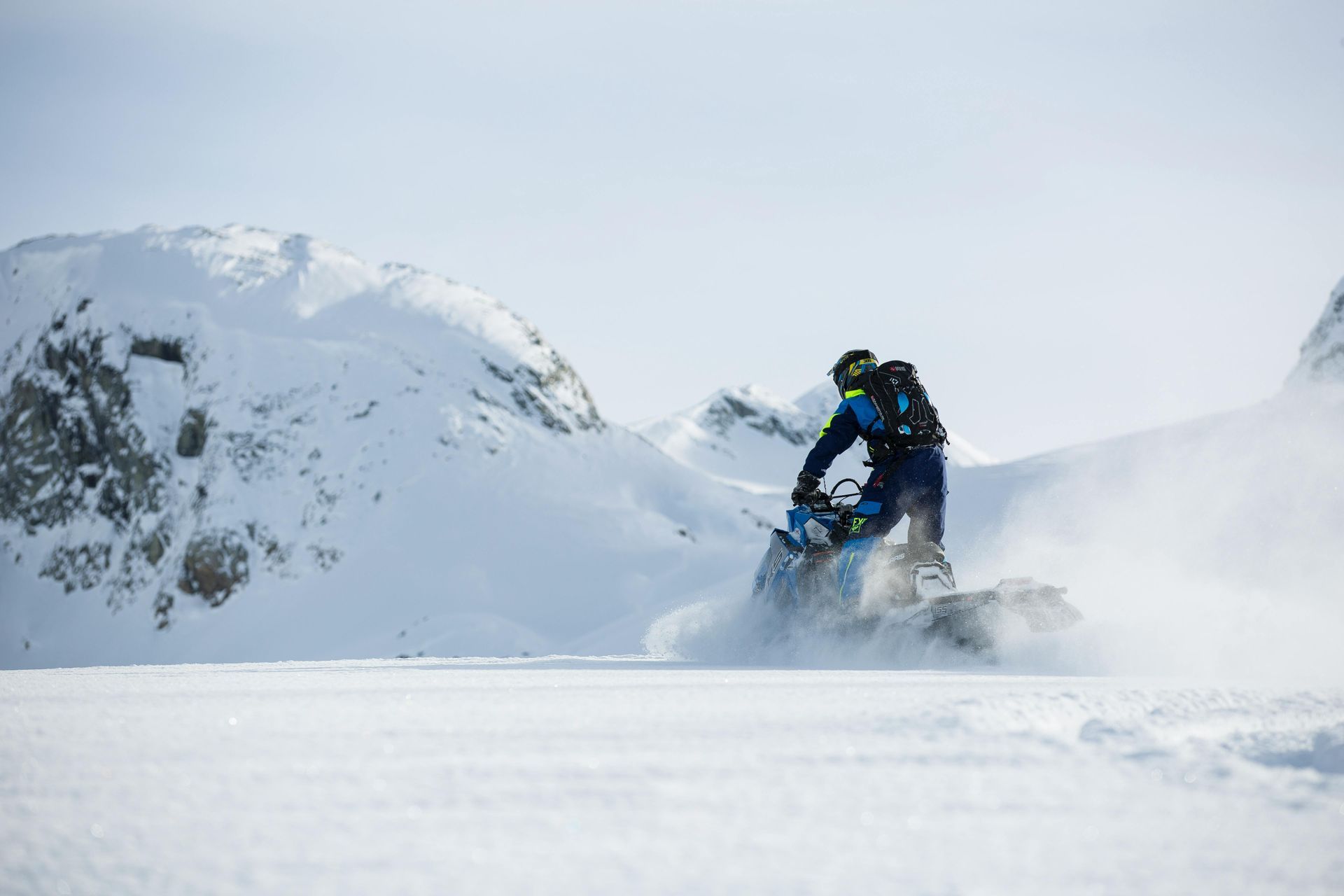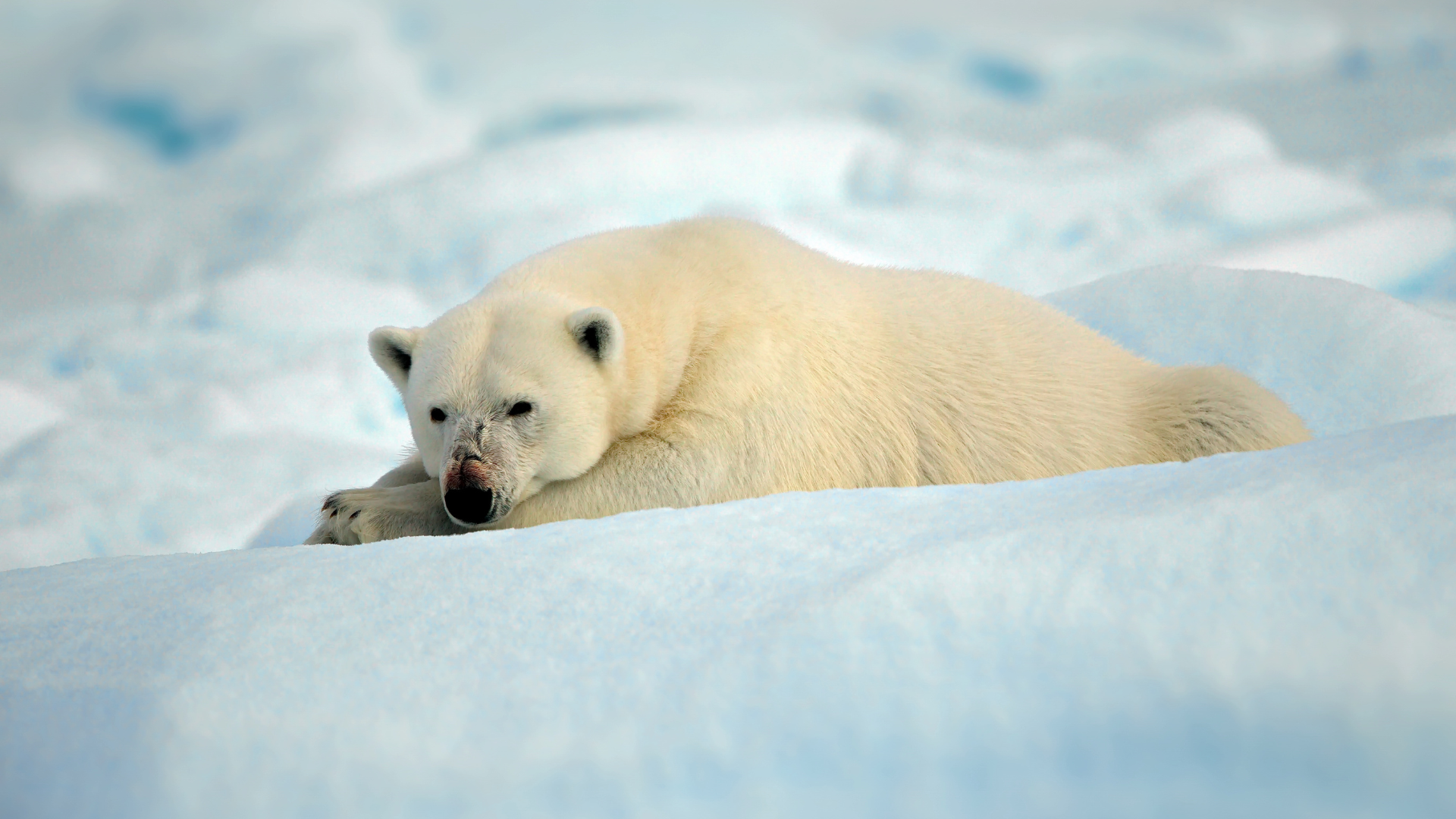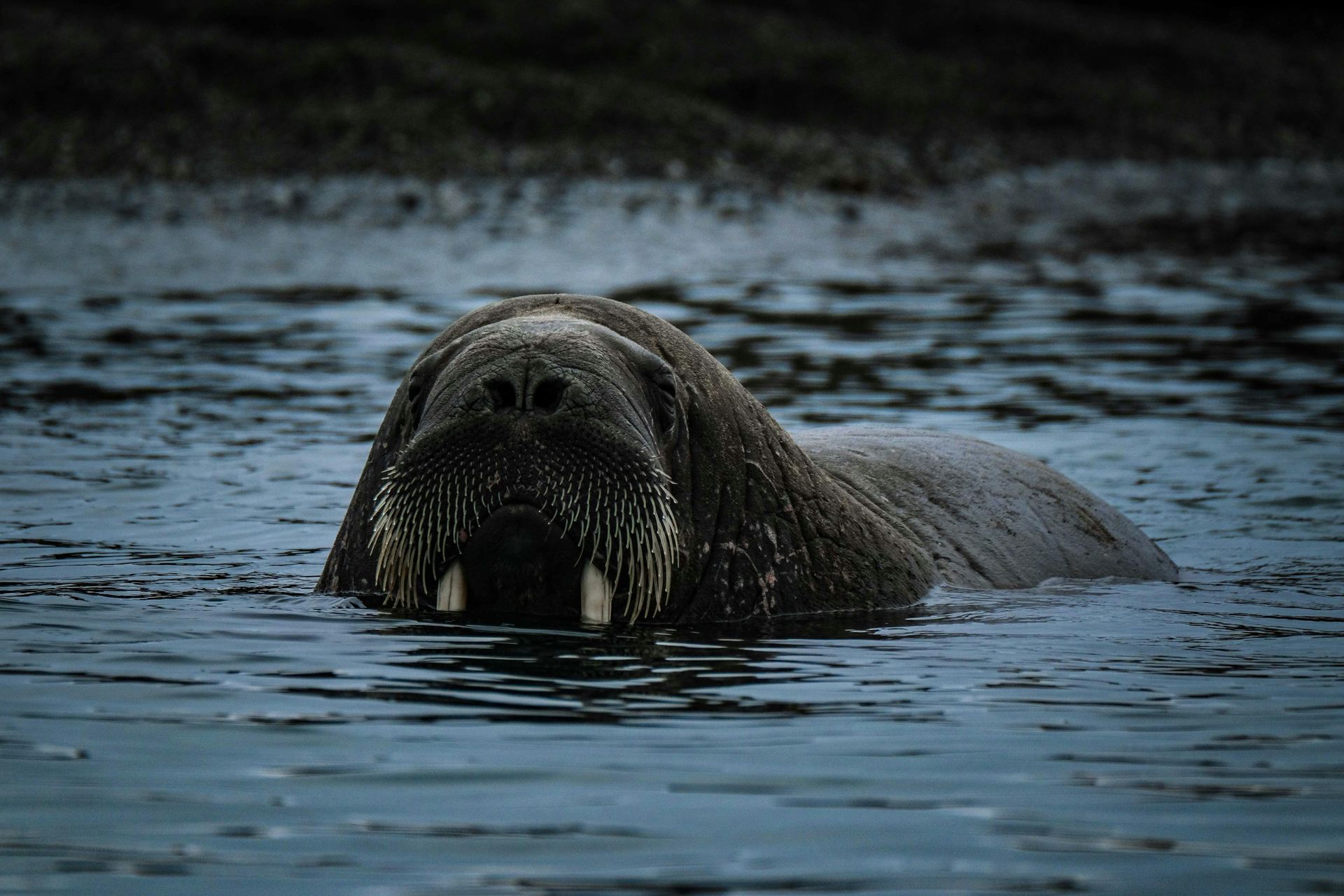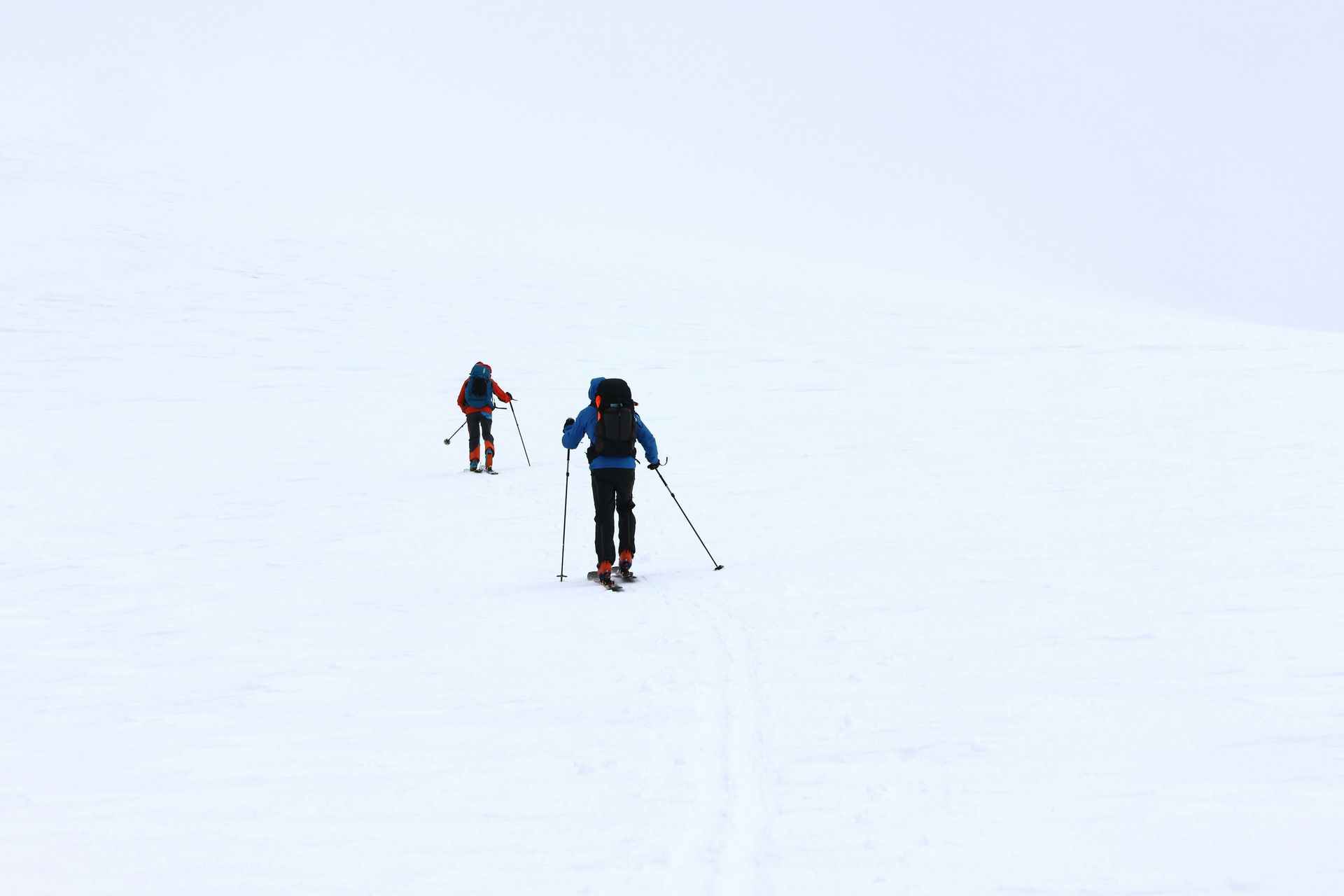The Svalbard Packing Guide
The Svalbard Packing Guide
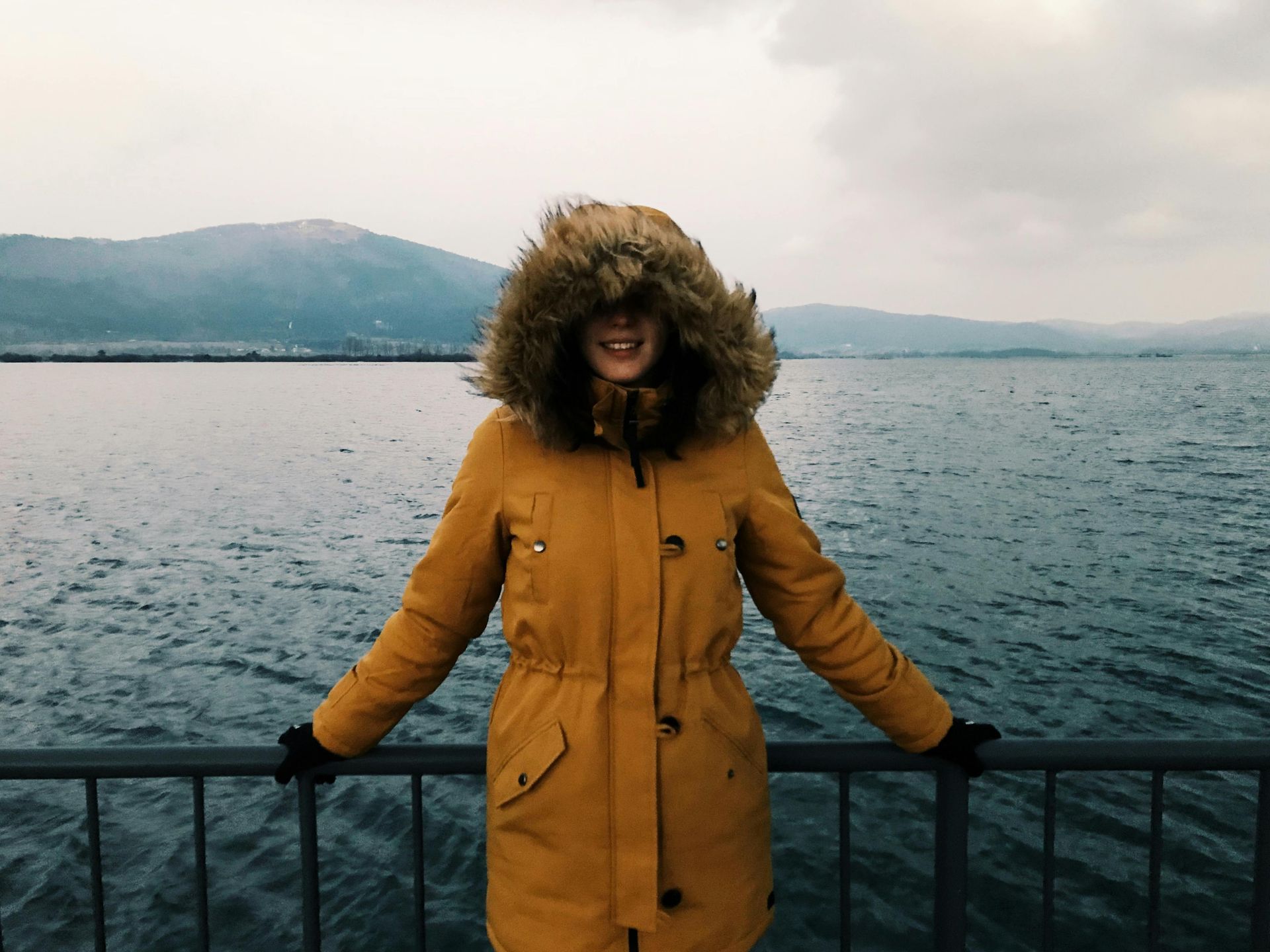
Packing for Svalbard requires more than throwing a winter coat into a suitcase. With dramatic seasonal shifts, subzero temperatures, and outdoor adventures that range from hiking to snowmobiling, having the right gear can make or break your experience. Here's a concise, high-level guide to what you need to pack—broken down by season—to help you travel smart and stay safe in the Arctic.
Winter (November to March): Deep Cold and Polar Night
- Temperatures: Often -10°C to -25°C, with wind chill even lower.
- Clothing Must-Haves:
Thermal wool or synthetic base layers (top and bottom)
Insulated mid-layers (fleece or down)
Heavy-duty outer shell or parka with windproof and waterproof qualities
Snow pants or insulated trousers
Warm hat, neck gaiter, balaclava
Waterproof winter boots with thick wool socks
Thermal gloves and insulated over-mittens
- Other Essentials:
Headlamp (with spare batteries) – it’s dark 24/7
Ice grips/crampons for boots (streets can be icy)
Hand and foot warmers
Sunglasses (yes, even in winter — for snow glare)
Spring (April to mid-May): Snow Adventures in the Sunlight
- Temperatures: Ranging from -5°C to -15°C
- Clothing Must-Haves:
Base and mid-layers still essential
A slightly lighter outer layer (windproof and waterproof)
Sunglasses and high SPF sunscreen – the sunlight reflects intensely off the snow
Lighter gloves for movement; still pack thermal options
- Other Essentials:
Backpack for excursions (with drybag lining)
Reusable water bottle (stay hydrated in the cold)
Lip balm with UV protection
Camera protection for cold conditions
Summer (June to August): Midnight Sun and Glacier Tours
- Temperatures: Typically 4°C to 10°C, but can feel colder in wind or on water
- Clothing Must-Haves:
Windproof and waterproof shell jacket
Fleece or wool mid-layers for colder days
Quick-drying base layers and hiking trousers
Hat and thin gloves for chilly evenings
Hiking boots (waterproof, ankle-high)
- Other Essentials:
Eye mask (24/7 daylight can disrupt sleep)
Lightweight binoculars for wildlife viewing
Reusable shopping bag (plastic bags are limited)
Autumn (September to October): Crisp Days and Early Frost
- Temperatures: 0°C to -10°C
- Clothing Must-Haves:
Base and insulating layers (wool recommended)
Wind- and waterproof jacket and trousers
Waterproof hiking boots
Beanie, gloves, scarf
- Other Essentials:
Flashlight or headlamp – daylight hours shrink rapidly
Layers that can be added or removed with shifting weather
Year-Round Essentials
Documentation: Passport, any necessary visa documentation for Norway
Electronics: Universal adapter, portable charger, camera gear
Medications: Personal prescriptions (no pharmacies outside Longyearbyen)
Personal Care: Arctic-friendly moisturizers and sunscreen, reusable toiletries
- Extras for Expeditions:
Dry bags or waterproof pouches
Trekking poles (available for rent but useful on uneven terrain)
Extra camera batteries (cold drains power quickly)
Dress in layers: it’s better to remove than regret.
Avoid cotton: it holds moisture and pulls heat from your body.
Even in summer, always carry an insulating layer—weather shifts fast.
For longer outdoor tours, operators often provide thermal suits and boots.
